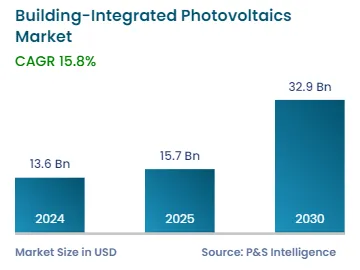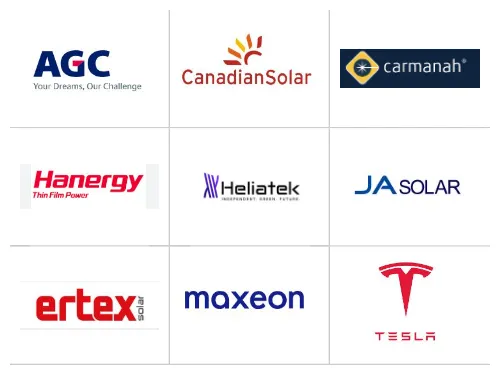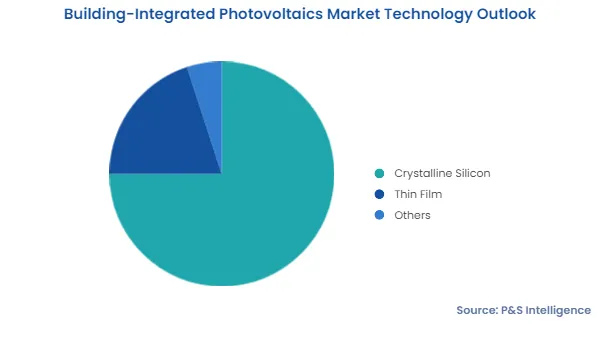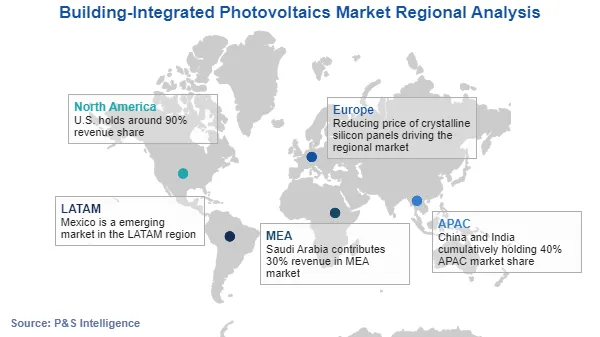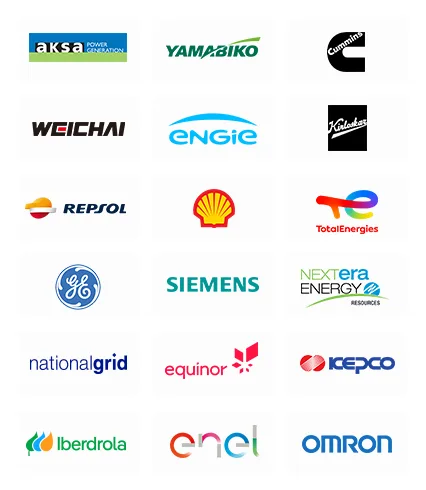Building-Integrated Photovoltaics Market Future Prospects
The building-integrated photovoltaics market is expected to reach an estimated USD 13.6 billion in 2024, and rising at a CAGR of 15.8% from 2024 to 2030, it is projected to hit USD 32.9 billion by 2030.
A building-integrated photovoltaic (BIPV) system is an array of solar power producing panels that are integrated into a building’s components themselves, rather than being a separate installation. It serves a dual purpose, therefore becoming an integral part of the overall structure of the building. BIPV enables onsite electricity production, which reduces the dependence on offsite sources for electricity supply and reduces the risks with long-distance energy transmission. Onsite production also improves the efficiency of the energy grid and lessens energy loss. It also decreases the financial burden on the entire electricity supply system, including costs related to energy generation and distribution. Additionally, it reduces emissions considerably, by producing carbon-free power for onsite consumption.
BIPV systems demonstrate superior energy efficiency and are an inexhaustible renewable energy solution, thereby witnessing an increasing demand owing to the shifting mindset toward sustainability and energy conservation. The environmental concerns over the incessant carbon emissions necessitate clean energy harnessing systems.
It has become important to integrate solar energy solutions into infrastructure in order to reduce the carbon footprint. The depletion of limited non-renewable resources, such as fossil fuels, is necessitating the adopting of clean energy generating systems. The BIPV market is driven by the growing demand for these products in residential, commercial, and industrial buildings. They can be integrated into various components of the building, such as façade, roof, wall, and glass, as well as installed on building envelope elements, incorporating thermal insulation, weather protection, natural light, noise protection, and safety.
Essentially, BIPV demand is growing owing to the increasing construction activity and rapid urbanization, because of the mounting population, its high disposable income, and its increasing requirements for living and commercial space. Building-integrated photovoltaics are sustainable solutions offering clean energy, thereby aligning with the growing awareness of zero-emission buildings. The eco-friendly aspect of building-integrated photovoltaics has significantly influenced the decisions of consumers, leading to a shift in the preference toward zero-emission green residential infrastructure.
